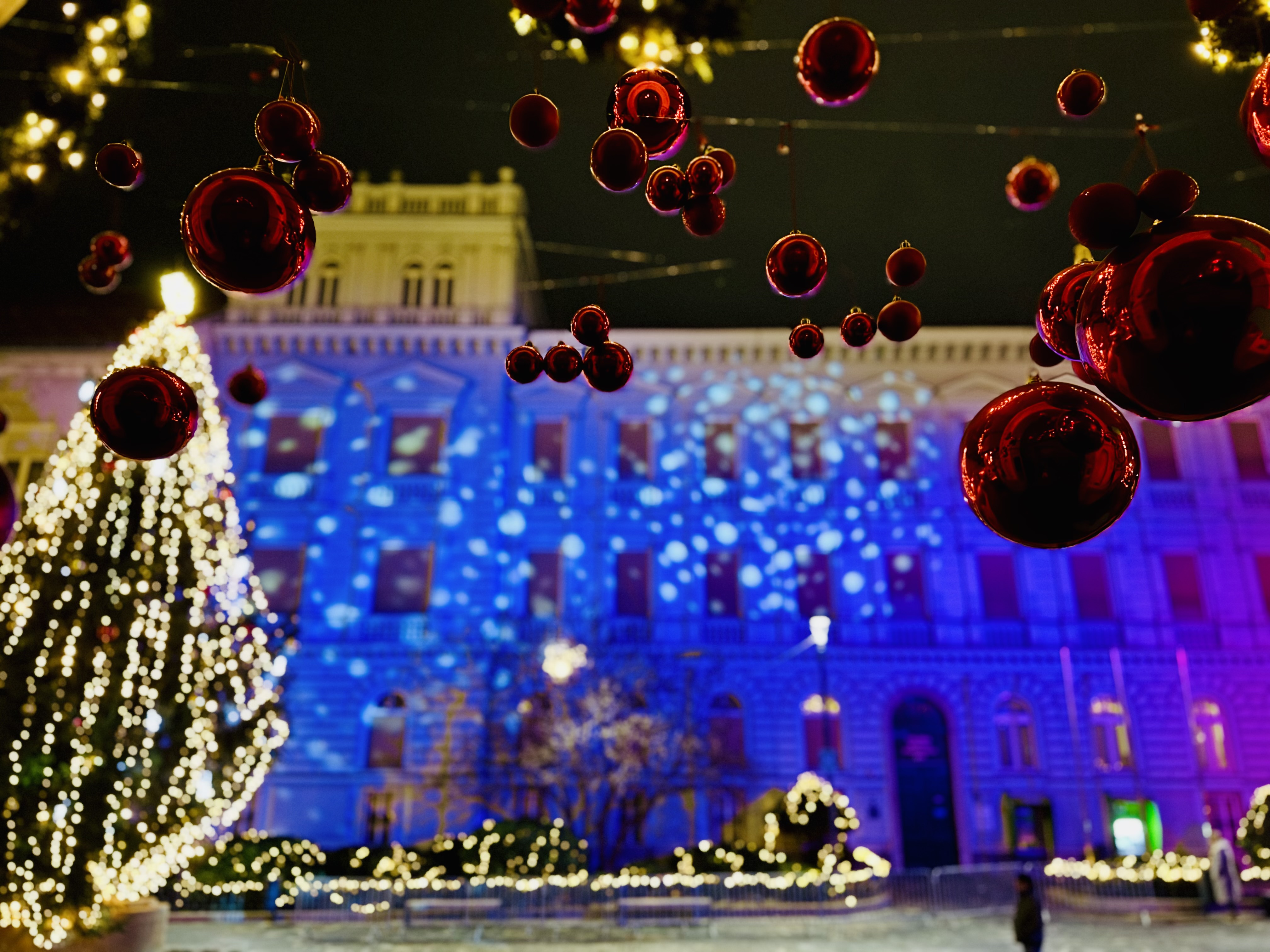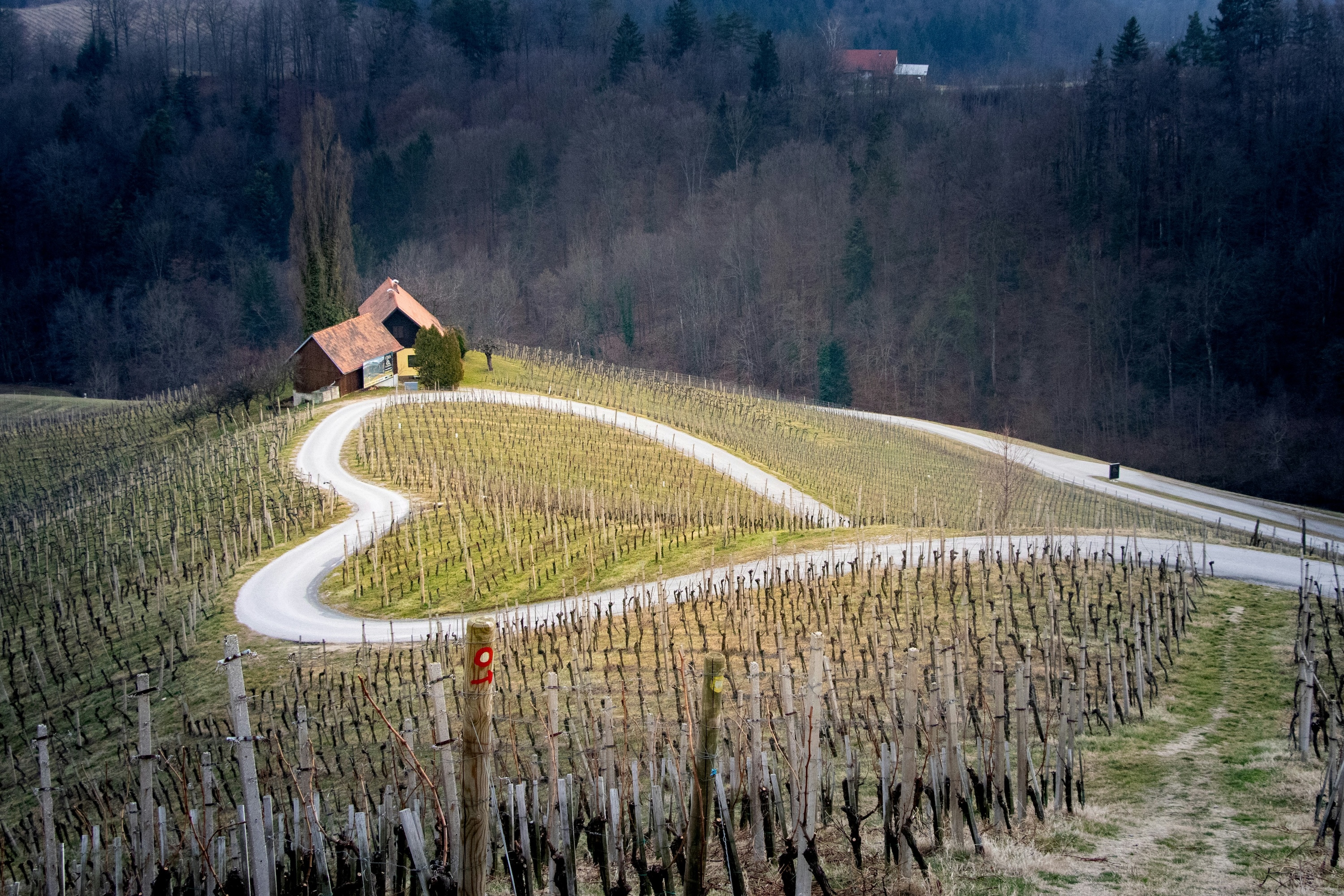Nova Gorica & Gorizia: European Capital of Culture 2025
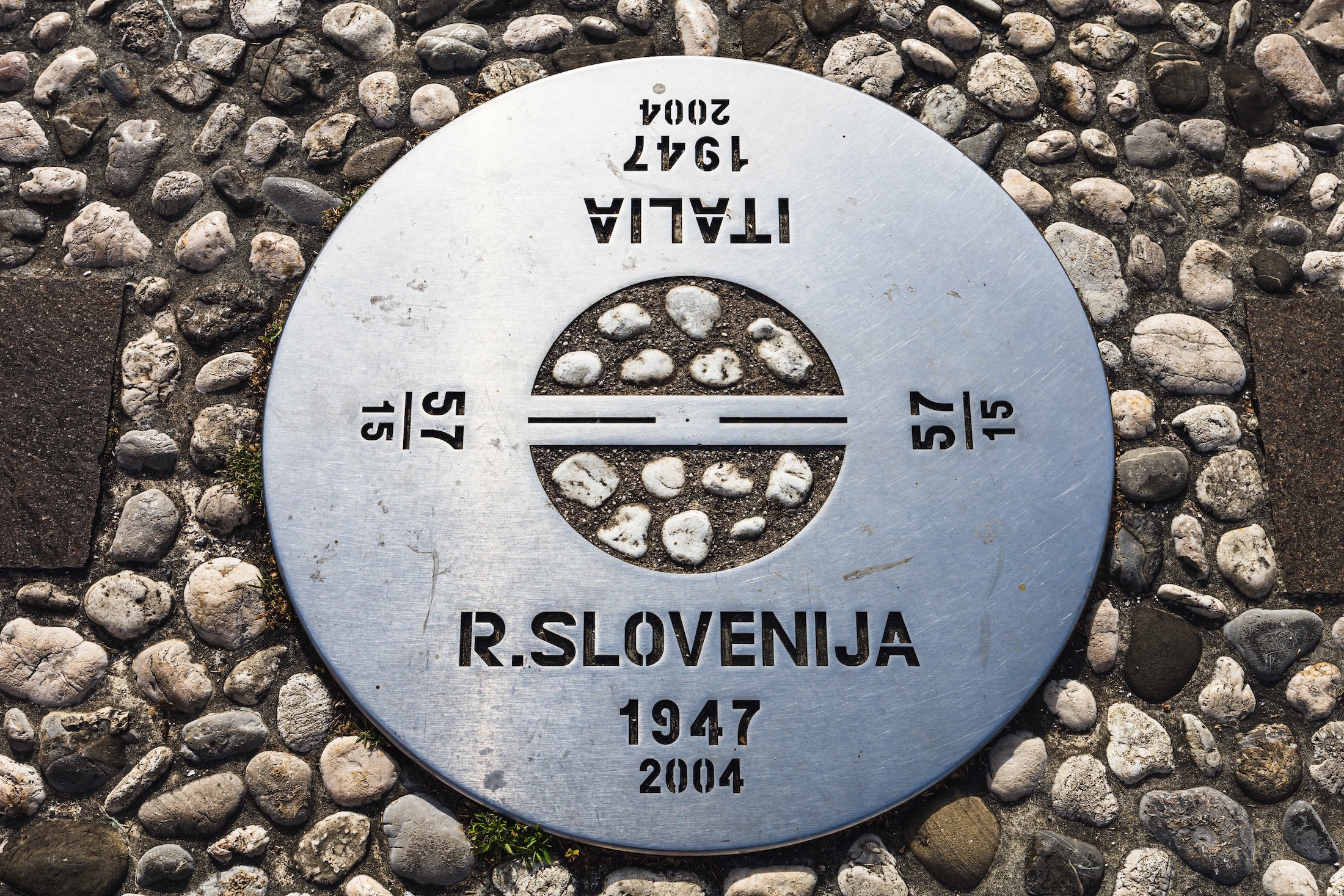
Two cities, two countries, one shared story. In 2025, Nova Gorica (Slovenia) and Gorizia (Italy) jointly hold the title of European Capital of Culture.
Not side by side but together: GO! 2025 calls itself Europe’s first truly borderless Capital of Culture; its theme says it all: GO! Borderless. The idea is simple and powerful: a border doesn’t have to divide; it can become a stage and a meeting place.
At the heart of this vision lies Europe Square (Piazza Transalpina / Trg Evrope), the plaza where the state border literally runs under your feet. For decades a symbol of separation, it has been consciously redesigned as the open living room of the twin cities: the symbolic heart of GO! 2025. The square is described as the emblem of cross-border cooperation and the center of the celebrations, with the round mosaic in the pavement marking the exact border line.
Why GO! 2025 matters
The European Capital of Culture initiative has been connecting people and places since 1985. In 2025 there are two Capitals of Culture: Chemnitz in Germany, and Nova Gorica with Gorizia on the Slovenian-Italian border. What makes GO! 2025 unique is how it turns a former frontier into a shared cultural platform and a lived urban experience.
Two cities, one characterful region
You feel the contrast, and complementarity, within minutes. Gorizia wears its layered history on its sleeve: castle hill, monastery, Habsburg echoes and stately streets. Nova Gorica is younger and greener, a planned city that looks forward and outward. Together they form a walkable laboratory of exchange: visible in plazas and stations, galleries and workshops, kitchens and markets.
Just beyond the urban grid, the landscape broadens the story. Brda/Collio and the Vipava Valley offer winemaking traditions and slow-food culture; the Soča Valley adds turquoise river bends, viewpoints and day-hike options. GO! 2025 makes it easy to pair city culture with taste, landscape and slow travel — a sequence you can enjoy any time of year.
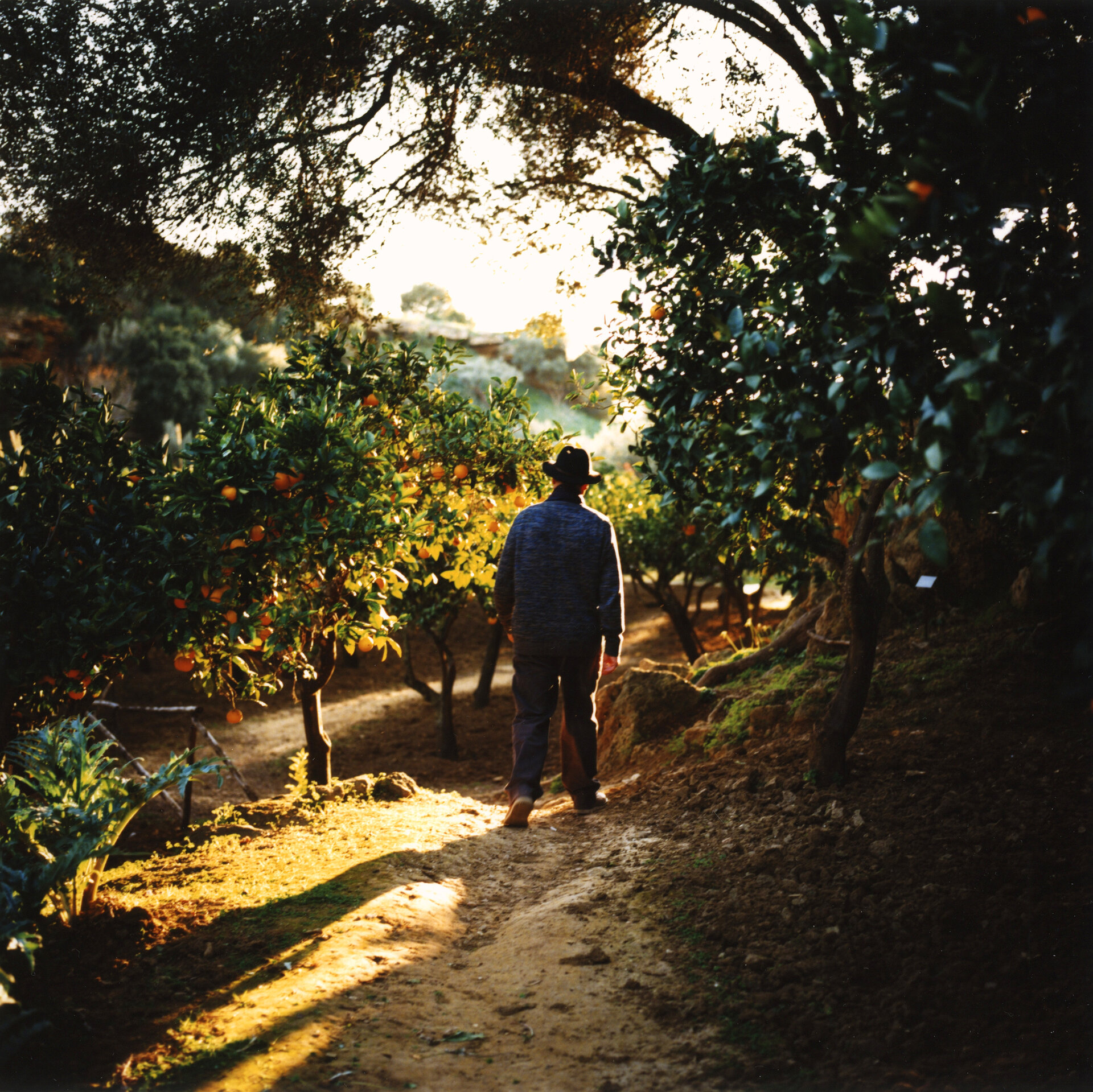
How to experience the borderless story (year-round)
Start at Europe Square. Put one foot in Slovenia and one in Italy, and take in how the square has been reframed as a shared civic space, a symbol of European openness. Then walk the short line from the historic core of Gorizia to the modern layouts of Nova Gorica and notice how different, yet how complementary, these cities feel. Allow time for museums and galleries, but leave room for serendipity: a street performance, a pop-up installation, a chance tasting with a local producer. For current exhibitions and cultural programming (whenever you plan to come), browse the official GO! 2025 listings shortly before your trip.
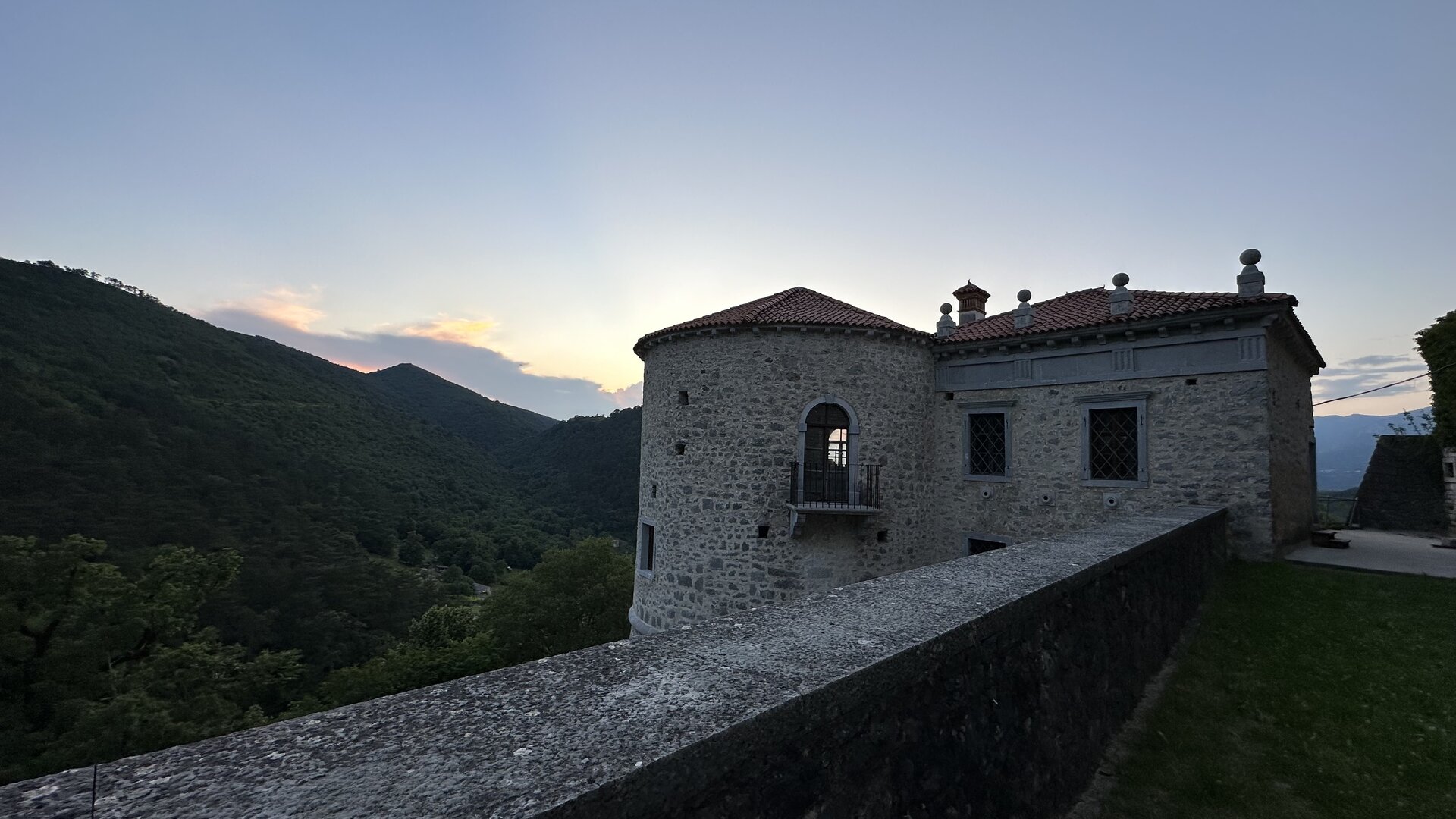
A legacy beyond the title year
A Capital of Culture is more than a calendar; it’s a long-term investment in people and place. In Nova Gorica & Gorizia that means deeper institutional partnerships, accessible public space (with Europe Square/Transalpina as the emblem), and a culture of documenting and sharing heritage so knowledge and memory remain usable after 2025. The European and architectural bodies involved have underlined this cross-border urban regeneration, including the creation of a shared central area and the EPIC/EPICenter hub.
Plan smart: culture × flavour × landscape
The magic is in the mix. Spend your days with art and heritage, then drive 20–40 minutes into the hills for wine and seasonal cuisine, and if you have more time follow the river bends into the Soča for a morning of views and short trails. For longer stays, turn it into a small loop: Brda/Collio → Vipava → Soča, with Nova Gorica & Gorizia as your start and finish.

Practical information
- Two languages, two cuisines, one region: Italian and Slovenian blend seamlessly into each other on signs, menus, and in conversation. This is precisely what gives this border town its charm.
- Relevant all year round: GO! 2025 offers continuous content and routes; check the official website just before departure for the latest updates and exhibitions.
Discover art and heritage, wine & gastronomy, and visit Soča River or the mountains in the north.
